What are the changes in Cramping in premenstrual symptoms?
cramps can be a premenstrual symptom. During the menstrual cycle, the uterus contracts to shed its lining, which can lead to cramping or dull pain in the lower abdomen or back. These cramps usually start a few days before menstruation and may last for a few days after the menstrual period starts.
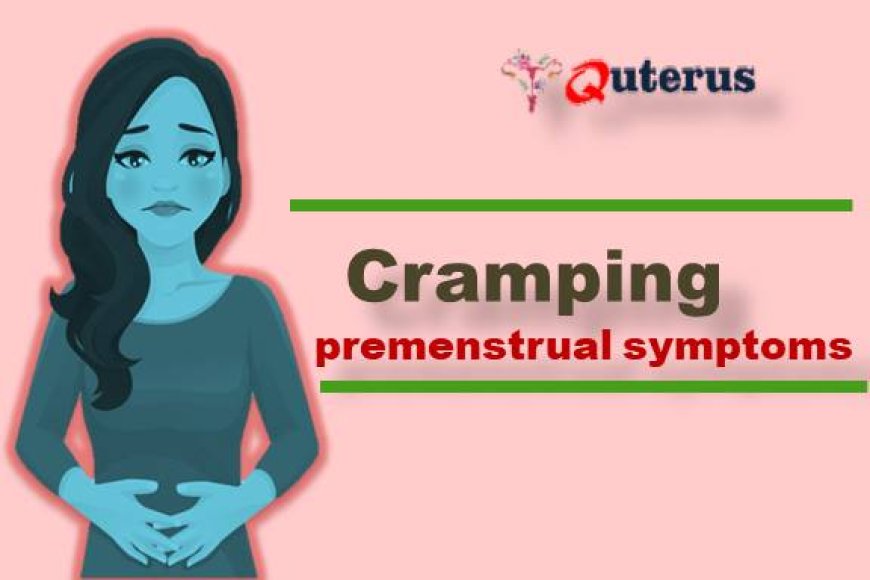
What are the changes in Cramping in premenstrual symptoms?
Cramping is a very common symptom of premenstrual syndrome (PMS) that women may experience in the days leading up to their period. Hormonal changes during the menstrual cycle cause the uterus to contract, leading to cramping and discomfort.
The levels of prostaglandins, a hormone- like substance that is responsible for regulating inflammation, affect the severity of PMS cramps. Very high levels of prostaglandins can lead to painful and severe cramps.
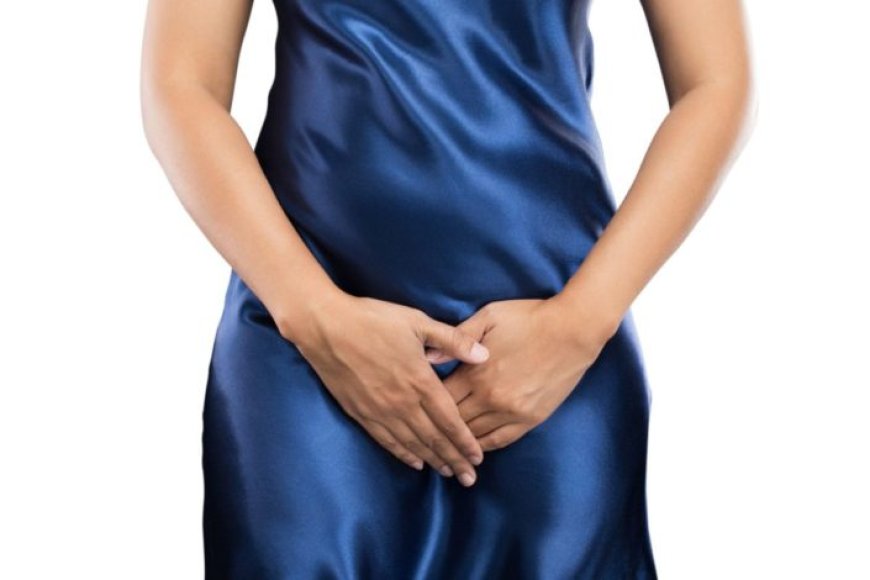
To alleviate cramping during PMS, women can try the following:
· Over the counter pain relievers such as acetaminophen, ibuprofen and aspirin can help relieve cramping pain. These medications help to decrease the production of prostaglandins, hence reducing the severity of the cramps.
· Applying a heating pad or hot water bottle to the lower abdomen or lower back can help reduce muscle tension.
· A warm bath can also give relief and relaxation from cramps.
· Reducing salt intake, as salt increases fluid retention, and increasing water intake to help flush excess fluid from the body can help relieve bloating and cramps.
· Women can also try non-medicinal remedies to alleviate cramping, such as drinking chamomile tea, using aromatherapy like peppermint oil, or practicing relaxation techniques such as yoga or deep breathing.
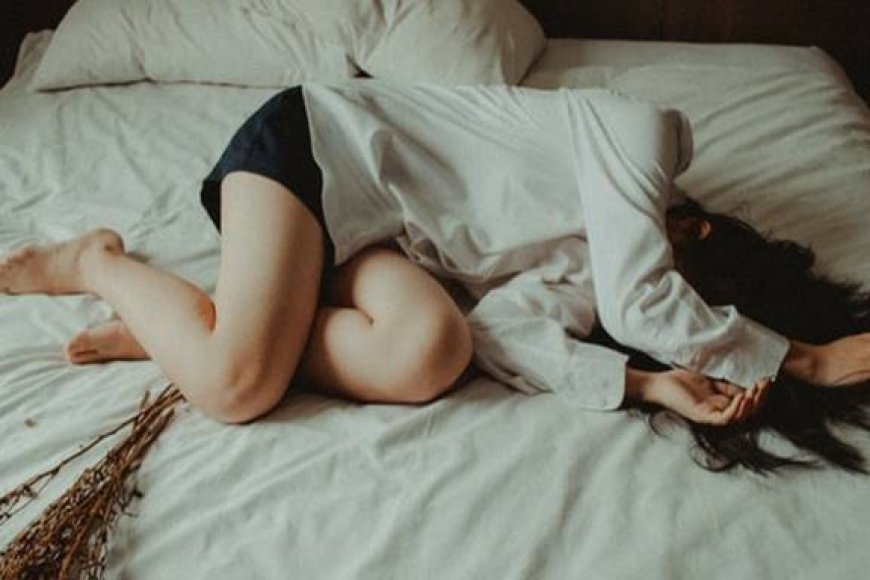
If the cramping is severe or persists, women should consult their healthcare provider for proper diagnosis and management. A healthcare provider may suggest prescription medications or other treatments for more effective cramp management. They should rule out underlying conditions like endometriosis or uterine fibroids that may cause severe menstrual pain.

Learn from the video also Cramping in premenstrual symptoms
What Is the Cause of Cramping During Menstruation?
What Causes Period Cramps | How To Manage Period Cramps
Top 3 Ways to get Immediate Relief | Period cramp | Period Pain Relief | Home Remedies
Is Cramping After Your Period a Problem?

Frequently Asked Questions
Can cramps be a premenstrual symptom?
Yes, cramps can be a premenstrual symptom. During the menstrual cycle, the uterus contracts to shed its lining, which can lead to cramping or dull pain in the lower abdomen or back. These cramps usually start a few days before menstruation and may last for a few days after the menstrual period starts. Other premenstrual symptoms may include mood changes, bloating, breast tenderness, and headaches. These symptoms may vary from person to person and can be managed through various techniques such as exercise, healthy diet, or medication. If these symptoms become severe or interfere with daily activities, it is recommended to consult a healthcare provider for further evaluation and management.
Is it normal to have cramps before PMS?
It is normal to have cramps before PMS (premenstrual syndrome). PMS is the combination of physical and emotional symptoms that girls and women may experience a few days to a week before their periods. Cramps are a common physical symptom of PMS, and they can start a few days before menstruation and may last for a few days after it starts. The cramps can range from mild to severe and usually affects the lower abdomen or back. Other premenstrual symptoms may include bloating, breast
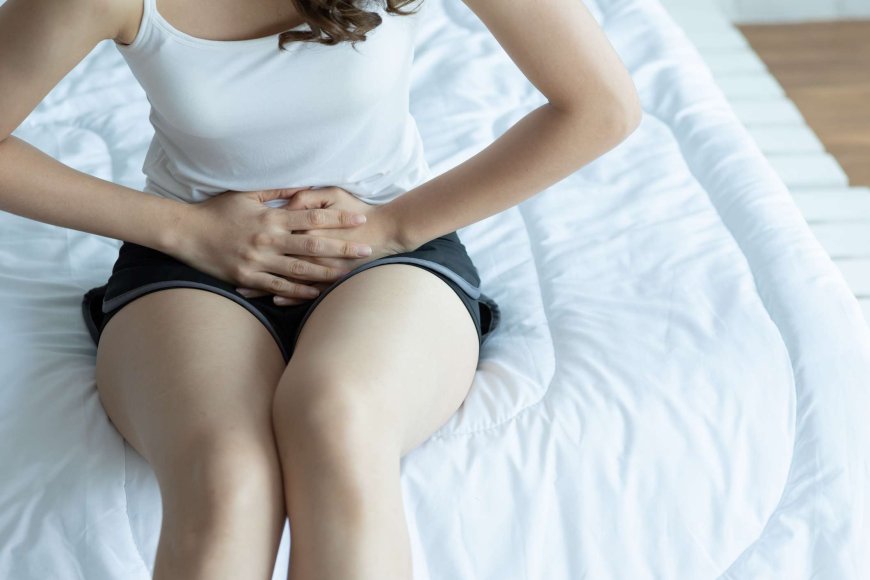
Why am I cramping a week before my period?
Cramping a week before a period is not uncommon and can have various reasons, such as hormonal fluctuations, ovulation, stress, or in some cases, an underlying medical condition. During ovulation, the ovaries may release an egg, which can cause cramping. Hormonal fluctuations can also cause the uterus muscles to contract, leading to cramps. Stress can also contribute to premenstrual symptoms, including cramping or abdominal discomfort. Some medical conditions, such as endometriosis, pelvic inflammatory disease (PID), or uterine fibroids, can also cause cramping before a period. If the cramps are severe, interfere with daily activities, or are accompanied by other symptoms such as heavy bleeding or fever, it is important to consult a healthcare provider for appropriate evaluation and management.
Is PMS cramps or implantation?
PMS (Premenstrual Syndrome) cramps and implantation cramps are two different things. PMS cramps occur a few days to a week before the menstrual period and are caused by hormonal fluctuations, which lead to uterine contractions. Implantation cramps, on the other hand, are mild discomfort or cramping a few days after ovulation when a fertilized egg implants in the uterus. Implantation cramps are usually less intense and occur in the lower abdomen.
The main difference between PMS and implantation cramps is the timing. PMS cramps occur before the period, while implantation cramps occur after ovulation and fertilization. However, it is sometimes hard to distinguish between the two, as some of the symptoms may overlap and vary from person to person. Other symptoms, such as spotting or light bleeding, may be a sign of implantation. If you are unsure about the cause of your cramps, it is always best to consult with a healthcare provider for an accurate diagnosis and appropriate management.
How many days before period is it normal to get cramps?
It is normal to get cramps a few days before the period starts, usually 1-2 days before menstruation. These cramps are caused by hormonal changes, which lead to the contraction of the uterus to expel its lining. The cramps may last for a few days after the period starts. However, some women may experience premenstrual cramps a week before their period. The intensity and duration of the cramps may vary from person to person. It is essential to manage premenstrual cramps through various techniques such as exercise, a healthy diet, or medication. If the cramps become severe or interfere with daily activities, it is recommended to consult with a healthcare provider for further evaluation and management.
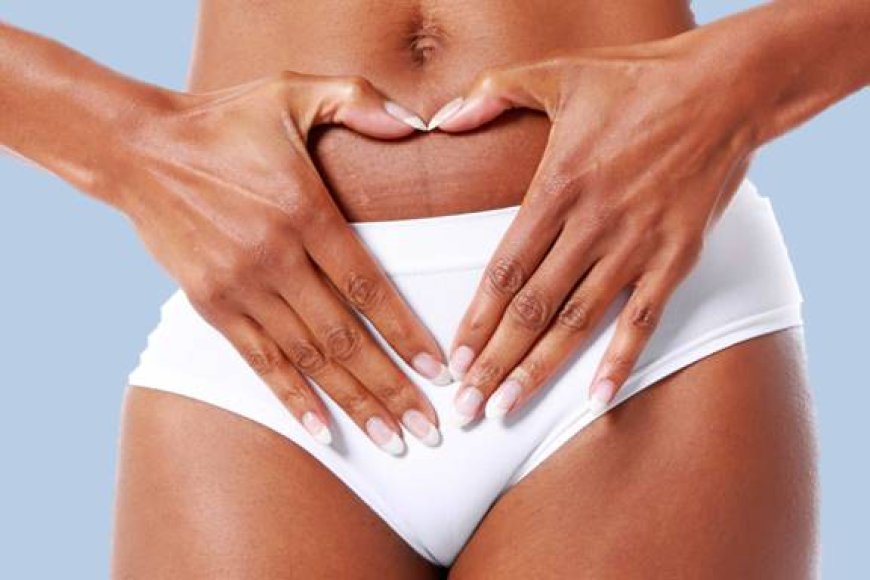
Where are period cramps located?
Period cramps are located in the lower abdomen or lower back during menstruation. The pain is caused by the contraction of the uterus muscles as it sheds its lining, creating pressure and discomfort. The location and intensity of the cramps can vary from person to person. Some women may also feel pain or discomfort in the thighs or hips during menstruation. Pain relief methods such as heating pads, over-the-counter pain medication, exercise, and relaxation techniques may help alleviate the discomfort caused by period cramps. However, if the pain is severe or interferes with daily activities, it is best to consult a healthcare provider for appropriate evaluation and management.
Why do I cramp 3 days before my period?
Cramping 3 days before the period is a common experience among many women. It is caused by hormonal changes in the menstrual cycle as the uterus begins to prepare for its menstrual flow. The cramps occur due to the contraction of the uterus muscles that can result in discomfort and mild pain. The intensity and duration of cramps can vary, with some women experiencing more severe cramping than others. Stress, diet, and physical activity can also influence the onset and severity of menstrual cramps. If the cramps are severe or accompanied by heavy bleeding, fever, or other symptoms, it is essential to consult a healthcare provider for further evaluation and management.
How long do period cramps last?
The duration of period cramps can vary from person to person, but typically they last anywhere from 1-2 days to up to a week. The cramps usually begin a few days before the period starts when the uterus begins to contract to shed its lining, and they may continue for a few days after the period starts. The intensity of the cramps may vary from mild discomfort to severe pain. Pain relief methods such as heating pads, over-the-counter pain medication, exercise, and relaxation techniques may help alleviate the discomfort caused by period cramps. If the cramps become severe or interfere with daily activities, it is recommended to consult with a healthcare provider for further evaluation and management as there may be underlying conditions that need treatment.
Is it PMS or am I pregnant?
It can be challenging to distinguish between PMS (premenstrual syndrome) and pregnancy symptoms since some of them may overlap. The most common early signs of pregnancy include missed periods, fatigue, nausea, and/or vomiting, breast tenderness, frequent urination, and mood swings. However, these symptoms can also be caused by PMS. To determine if you are pregnant, it is recommended to take a pregnancy test once you have missed a period or after experiencing the early signs of pregnancy. If the test is positive, it is essential to consult a healthcare provider for appropriate prenatal care. If the test is negative, but you still experience severe symptoms, you should see a healthcare provider as there may be underlying conditions that need treatment.
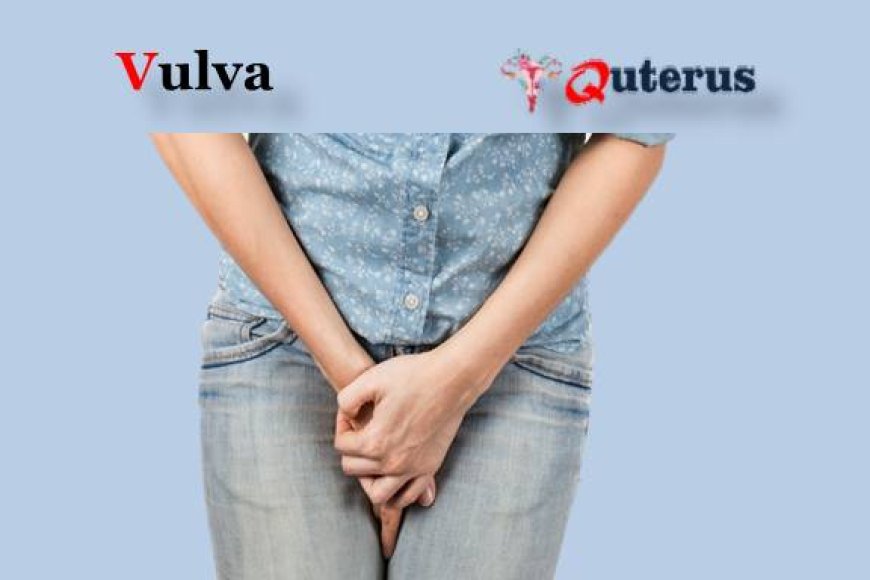
What are the signs of successful implantation?
Successful implantation occurs when a fertilized egg attaches itself to the lining of the uterus. Although it doesn't always produce noticeable signs, some women may experience mild spotting, cramping, or bloating during the implantation process. These symptoms are usually mild and go away on their own within a few days. However, not all women experience these symptoms, and they are not definitive signs of a successful implantation.
Once the implantation process is complete, the body begins to produce the pregnancy hormone, human chorionic gonadotropin (hCG), leading to other symptoms such as missed periods, fatigue, nausea and vomiting, breast tenderness, frequent urination, and mood swings. These signs can indicate a successful implantation that has occurred. If you suspect you may be pregnant, it is essential to take a pregnancy test to determine if you are indeed pregnant and seek appropriate prenatal care.
Why am I getting cramps in my lower stomach but no period?
Lower stomach cramps that occur without a period can be caused by several factors. One of the most common reasons is ovulation. Ovulation causes mild cramping sometimes called mittelschmerz. Other possible causes of lower abdominal cramps may include a urinary tract infection (UTI), constipation, gas, or indigestion. Stress, changes in diet, exercise routine, or medication can also trigger abdominal cramps.
If the cramping persists or becomes severe, further evaluation may be necessary. It is recommended that you consult a healthcare provider to rule out any underlying medical conditions that require treatment.
Do menstrual cramps worsen with age?
Menstrual cramps can worsen with age for some women, but not for all. In general, menstrual cramps tend to be more severe during the teenage years and early 20s and may improve with age. However, some women may experience an increase in menstrual pain and discomfort as they approach perimenopause, which can start in their late 30s or early 40s. This is due to hormonal changes that can cause more intense cramps, heavier periods or even periods closer together. Other conditions such as endometriosis or fibroids can also cause worsening menstrual cramps. If you experience severe or persistent menstrual cramps, it is recommended to consult with a healthcare provider for further evaluation and management.
How should I lay with period cramps?
The best position to lay with period cramps varies from person to person. Some women may find relief from lying on their side with a pillow between their legs or lying in a fetal position with a cushion around their lower back. Others may feel more comfortable lying on their back with a heat pad or hot water bottle placed on their lower abdomen.
It is essential to listen to your body and experiment with different positions to find the most comfortable one for you. Additionally, taking over-the-counter pain medications and staying hydrated may provide further relief.
If the pain is severe or interferes with daily activities, it is recommended to consult a healthcare provider for further evaluation and management as there may be underlying medical conditions that require treatment.
How to reduce period cramps?
Period cramps can be reduced by taking over-the-counter pain medications such as ibuprofen or naproxen. Additionally, applying heat to the lower abdomen, taking warm baths or showers, doing gentle exercises or yoga, or experimenting with different positions can provide relief. Staying hydrated and maintaining a balanced diet can also help reduce period cramps. Herbal remedies that may help include ginger tea, cinnamon tea, or chamomile tea.
If menstrual cramps are severe or interfere with daily activities, it is recommended to speak with a healthcare provider. They can recommend additional treatments that may include prescription medication or hormonal birth control to help alleviate menstrual cramps.
What drink is good for cramps?
Several drinks can help reduce menstrual cramps, such as:
1.Warm water: Drinking warm water helps increase blood flow, which can ease cramps.
2.Herbal teas: Herbal teas like chamomile, ginger, and peppermint have anti-inflammatory and antispasmodic properties that can help reduce cramps.
3.Warm milk: Sipping on warm milk can help relax muscles and reduce period cramps.
4.Fruit juices: Drinking natural fruit juices rich in Vitamin C, such as orange or grapefruit juice can help relieve period cramps.
5.Green tea: Green tea contains natural compounds that can alleviate inflammation and reduce menstrual pain.
Staying hydrated is also crucial in reducing period cramps. Drinking plenty of water throughout the day can help prevent dehydration, which can exacerbate cramps.
What is the main cause of cramp?
Muscle cramps can occur for various reasons, including dehydration, electrolyte imbalances, muscle fatigue, or overuse. However, when it comes to menstrual cramps, the main cause is the release of prostaglandins, hormone-like substances responsible for the smooth muscle contractions that occur in the uterus during menstruation. Increased prostaglandin levels can cause intense contractions and constriction of blood vessels in the uterus, resulting in pain and discomfort often referred to as menstrual cramps. The severity of menstrual cramps can vary depending on the individual and typically decreases with age or after childbirth.

We provide you with authentic, trustworthy and revelant information

Have issue with the content?
 Disclaimer
Disclaimer
The information given on our website www.uterusq.com is being posted only for the purpose of knowledge and information, before using them, choose them completely and check the correctness with your subject matter expert. We (www.uterusq.com) have no responsibility for any kind of loss.







